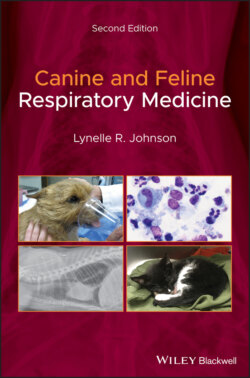Читать книгу Canine and Feline Respiratory Medicine - Lynelle Johnson R., Lynelle R. Johnson - Страница 41
Computed Tomography
ОглавлениеImaging the respiratory tract with CT provides superior detail in comparison to standard radiography because of the removal of superimposed structures and the ability to reformat images in three dimensions. When a helical CT is available, image acquisition is very fast; however, anesthesia is employed in many instances to obtain optimal images. Some facilities perform CT in awake or sedated patients using a plexiglass holding chamber (VetMousetrap™; Oliveira et al. 2011). Motion artifact can obscure detail, particularly when respirations interfere with the evaluation of thoracic structures. It is a clinical decision whether the risks of anesthesia outweigh the value of images obtained, but often an intervention is planned after CT (e.g., endoscopy or surgery) which will also require anesthesia. For the thorax, the animal is typically ventilated several times and a breath hold at 15 cm water (H2O) is employed to expand the chest during the 10–30 seconds of image acquisition.
